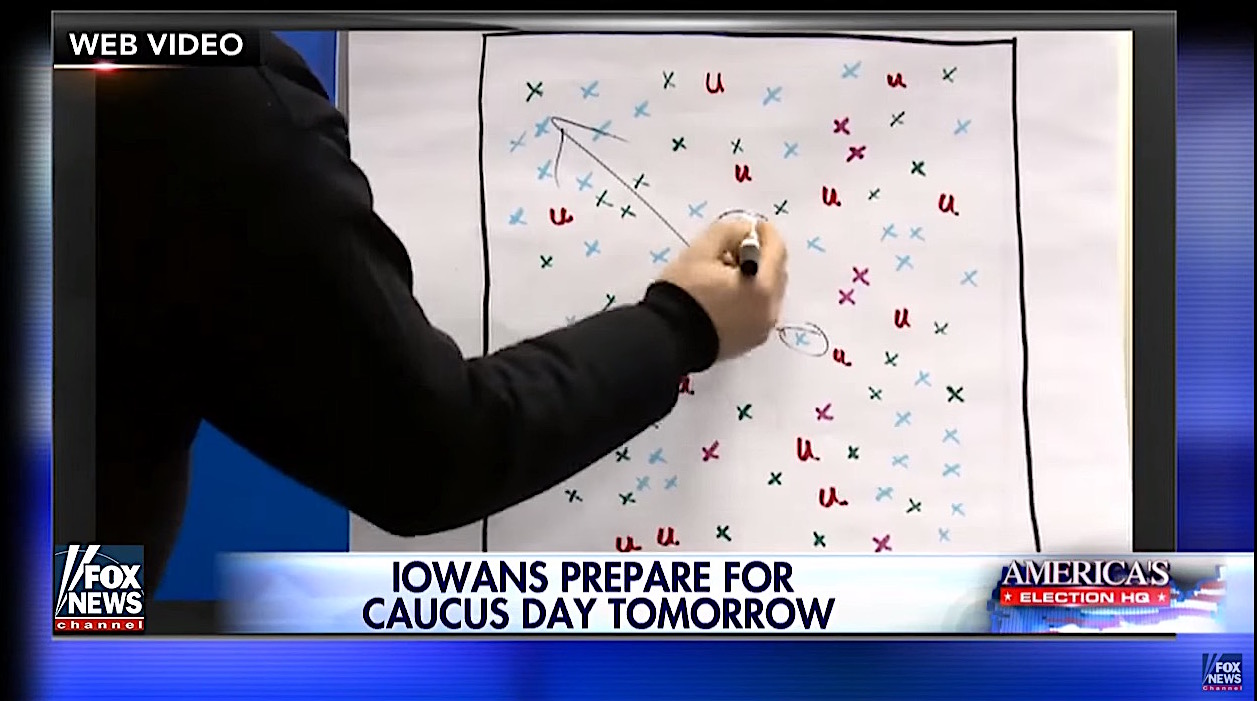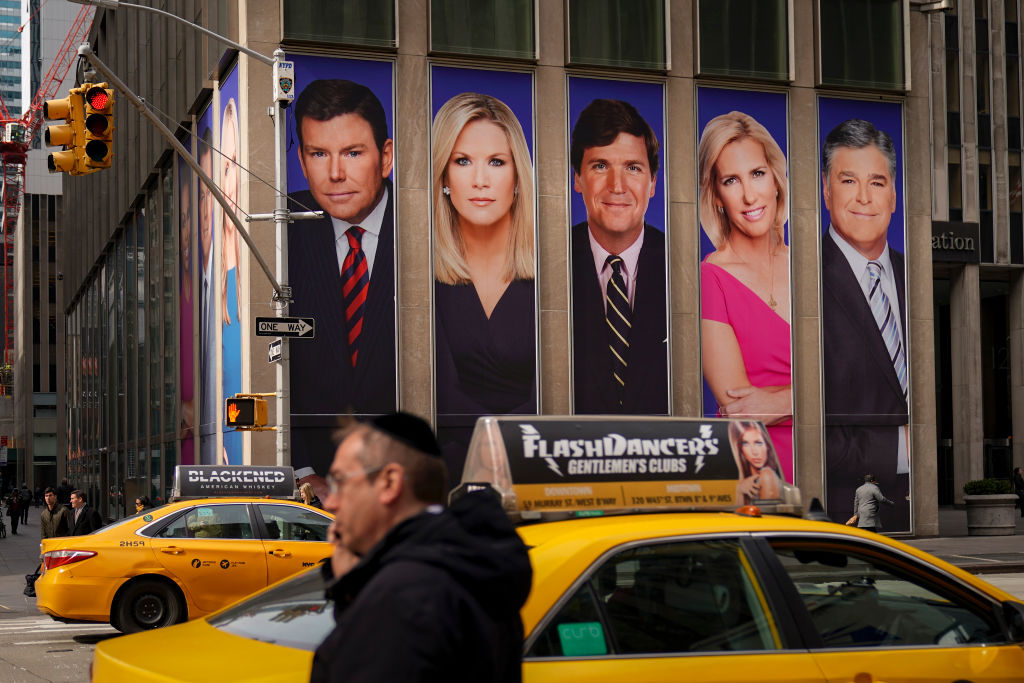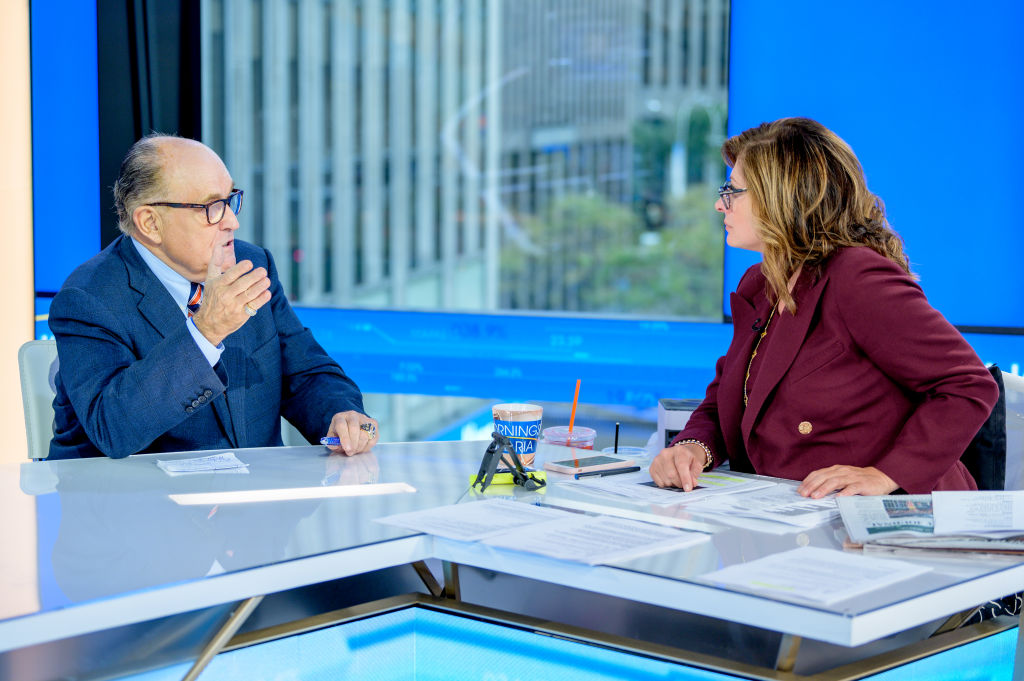How the Iowa caucuses work, explained by Fox News


This evening, Iowa voters gather in churches, schools, and community centers to debate the relative merits of each 2016 presidential candidate and try to persuade their fellow caucus-goers to support one candidate or another. The caucuses are very different than primaries, and the time commitment and peculiar rules mean that typically only 20 percent of Iowa voters caucus, reports James Rosen at Fox News. Adding to the confusion, Democrats and Republicans caucus differently, with Republicans writing their preference down on sheets of paper and Democrats gathering in groups in different areas of the caucus room. Thanks to a new smartphone app from Microsoft, we will probably know the results Monday night, but if you're curious about how Iowans get to a winner, watch Rosen's report below. Peter Weber
A free daily email with the biggest news stories of the day – and the best features from TheWeek.com
The Week
Escape your echo chamber. Get the facts behind the news, plus analysis from multiple perspectives.

Sign up for The Week's Free Newsletters
From our morning news briefing to a weekly Good News Newsletter, get the best of The Week delivered directly to your inbox.
From our morning news briefing to a weekly Good News Newsletter, get the best of The Week delivered directly to your inbox.
Peter has worked as a news and culture writer and editor at The Week since the site's launch in 2008. He covers politics, world affairs, religion and cultural currents. His journalism career began as a copy editor at a financial newswire and has included editorial positions at The New York Times Magazine, Facts on File, and Oregon State University.
-
 ‘Care fractures after birth’
‘Care fractures after birth’instant opinion Opinion, comment and editorials of the day
-
 Shots fired in the US-EU war over digital censorship
Shots fired in the US-EU war over digital censorshipIN THE SPOTLIGHT The Trump administration risks opening a dangerous new front in the battle of real-world consequences for online action
-
 What will the US economy look like in 2026?
What will the US economy look like in 2026?Today’s Big Question Wall Street is bullish, but uncertain
-
 Paramount fights Netflix for Warner as Trump hovers
Paramount fights Netflix for Warner as Trump hoversSpeed Read Paramount Skydance is seeking to undo Netflix’s purchase of Warner Bros. Discovery
-
 Paramount, Comcast, Netflix bid for WBD
Paramount, Comcast, Netflix bid for WBDSpeed Read The outcome of this bidding war ‘could alter the trajectory of the entertainment business’
-
 Laurence Fox suspended by GB News after 'unacceptable' Ava Evans comments
Laurence Fox suspended by GB News after 'unacceptable' Ava Evans commentsSpeed Read Broadcaster issues apology after actor goes on a tirade during a live interview with Dan Wootton
-
 Fox News apologizes to Gold Star family for false story Marine Corps called 'disgusting'
Fox News apologizes to Gold Star family for false story Marine Corps called 'disgusting'Speed Read
-
 Tucker Carlson Tonight is being replaced by Fox News Tonight
Tucker Carlson Tonight is being replaced by Fox News TonightSpeed Read
-
 Judge delays Fox News-Dominion defamation trial start, reportedly to allow settlement talks
Judge delays Fox News-Dominion defamation trial start, reportedly to allow settlement talksSpeed Read
-
 Judge orders Dominion lawsuit against Fox News to go to trial
Judge orders Dominion lawsuit against Fox News to go to trialSpeed Read
-
 Fox News seeks gag order for producer who claims she was coerced to mislead in Dominion deposition
Fox News seeks gag order for producer who claims she was coerced to mislead in Dominion depositionSpeed Read
